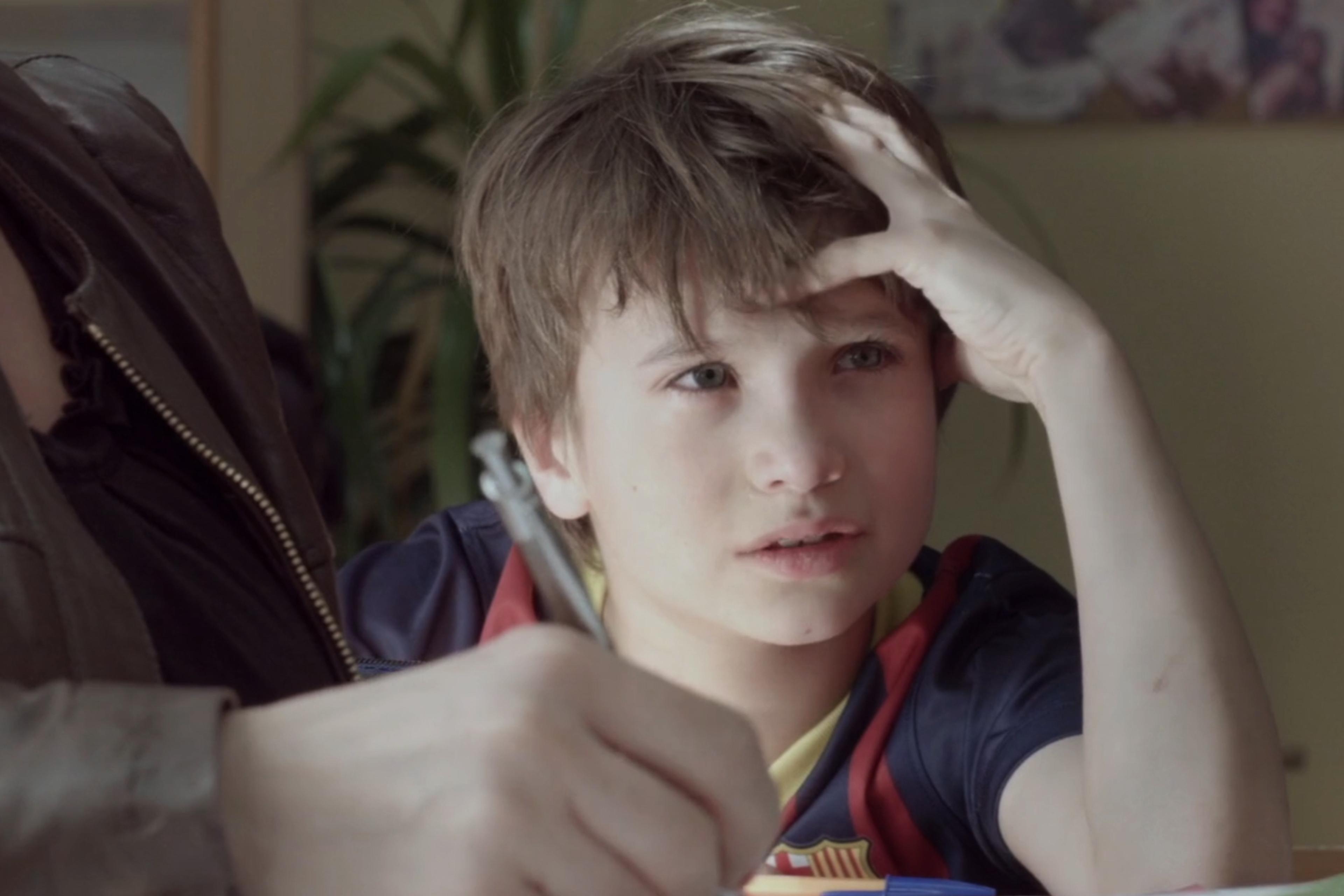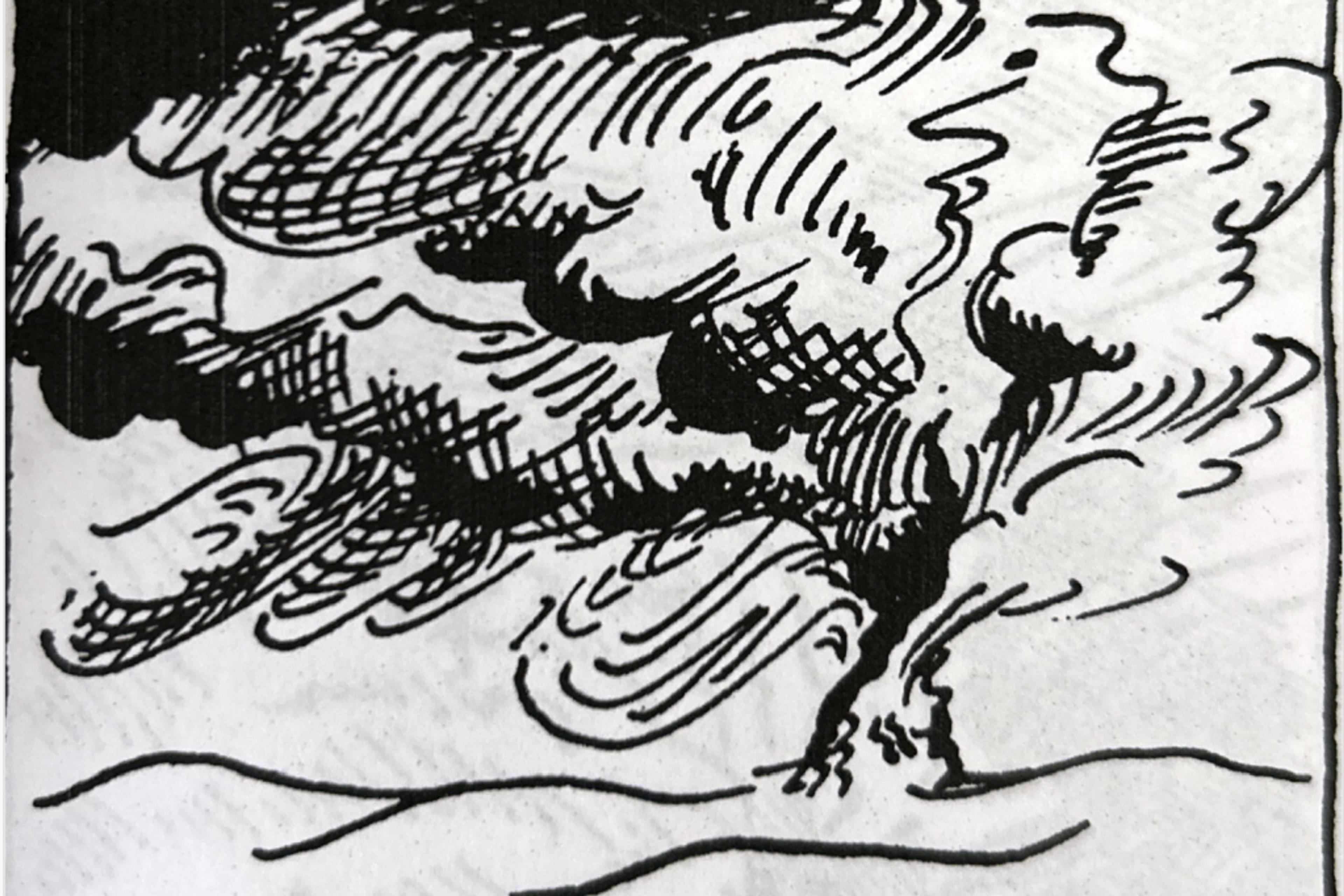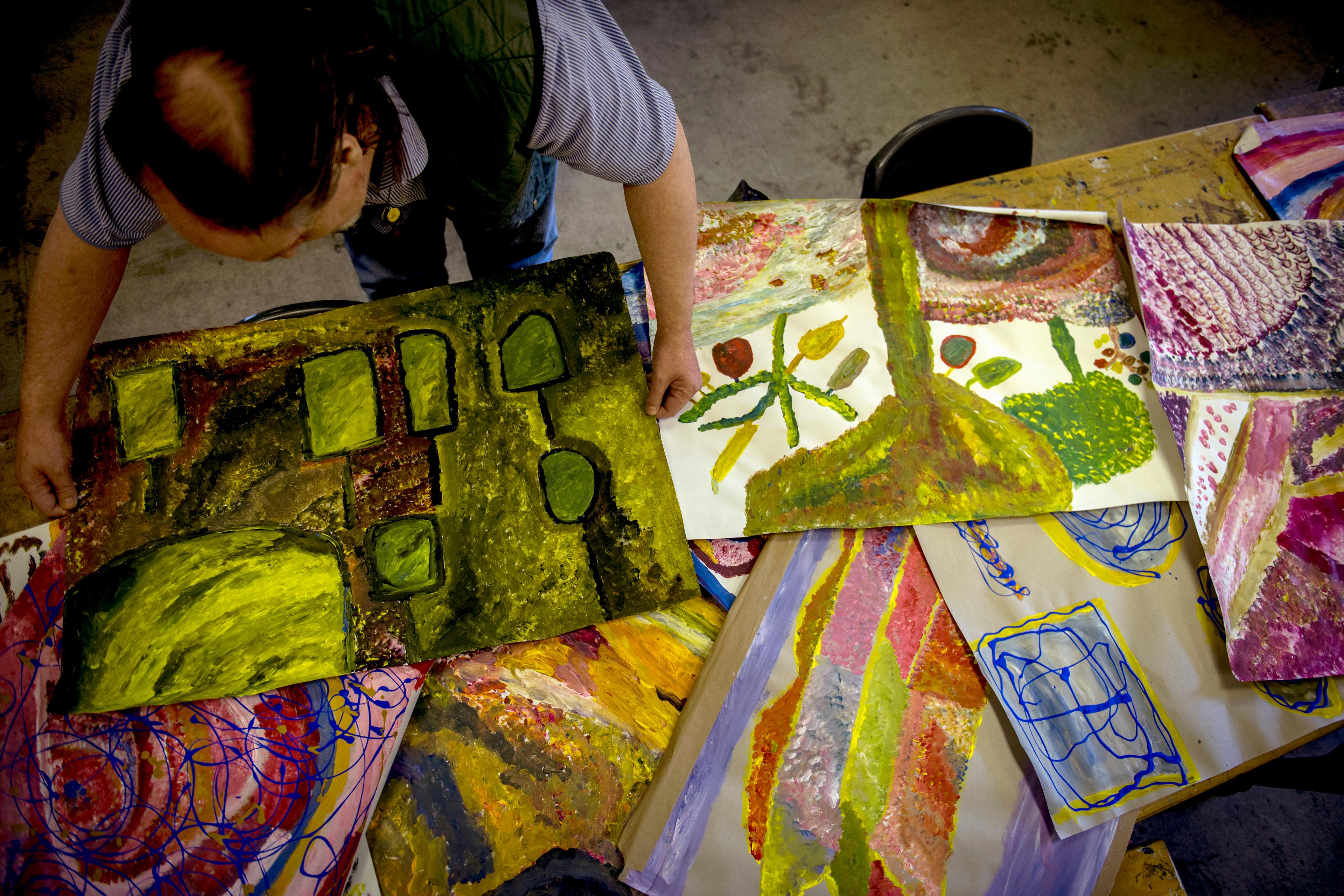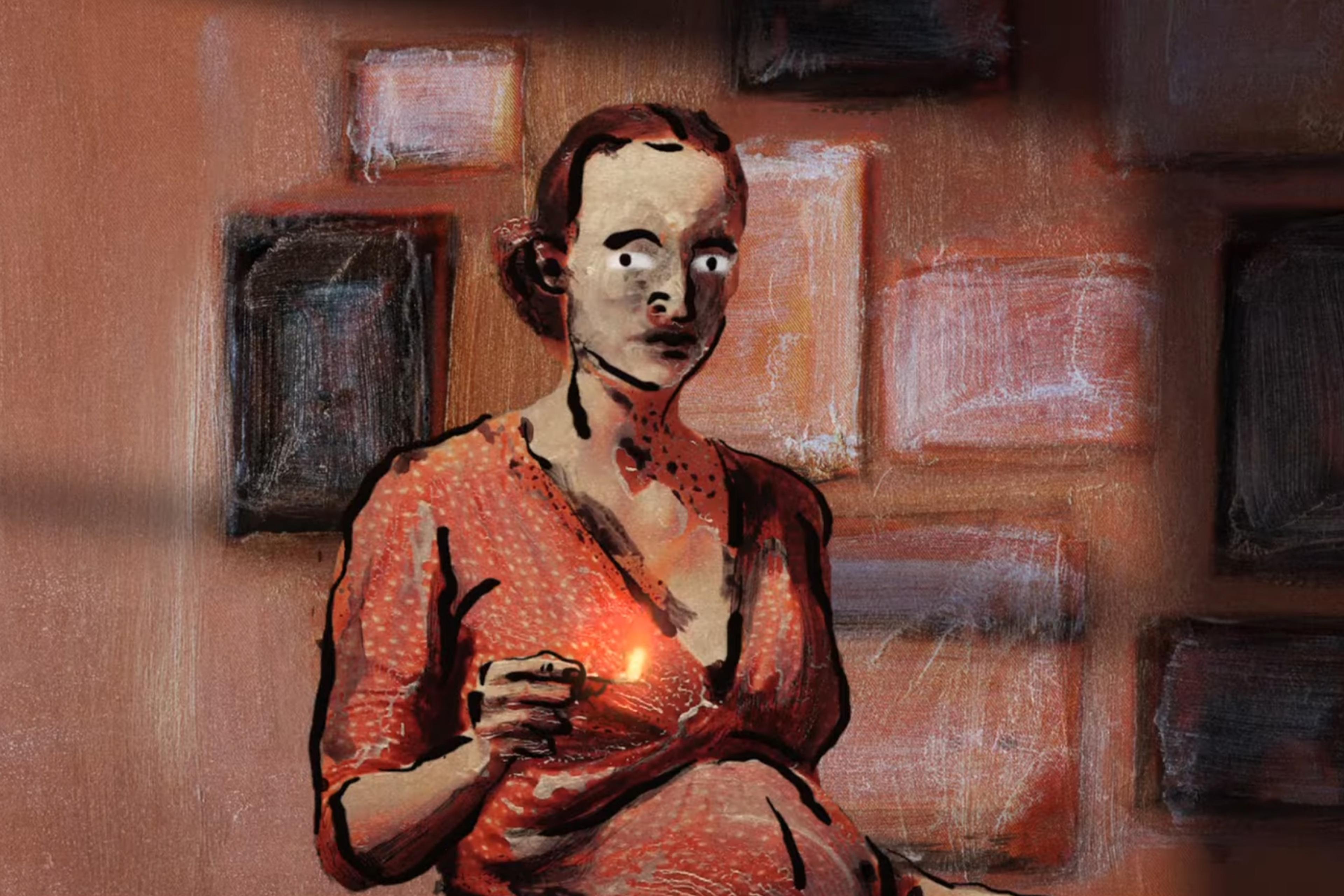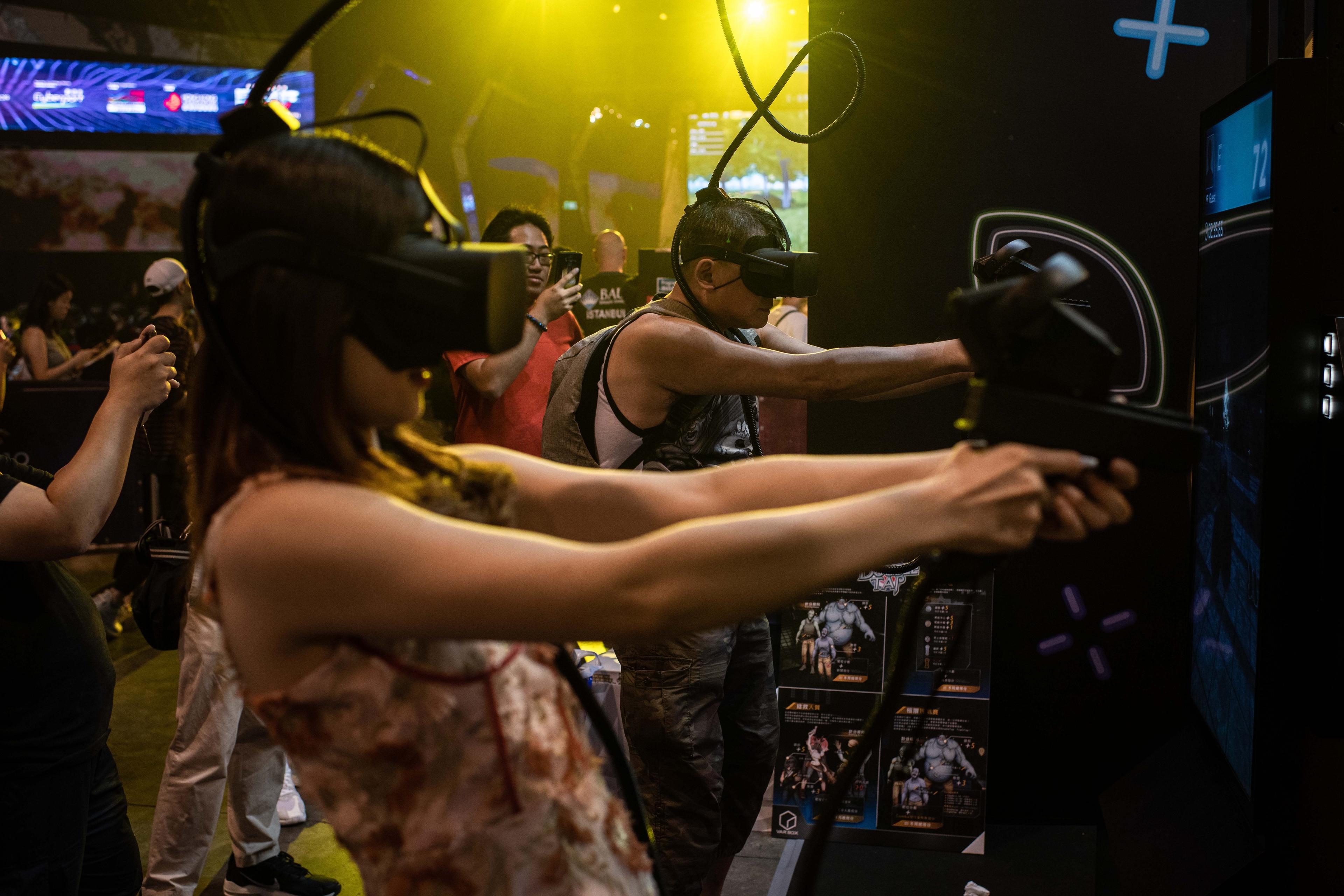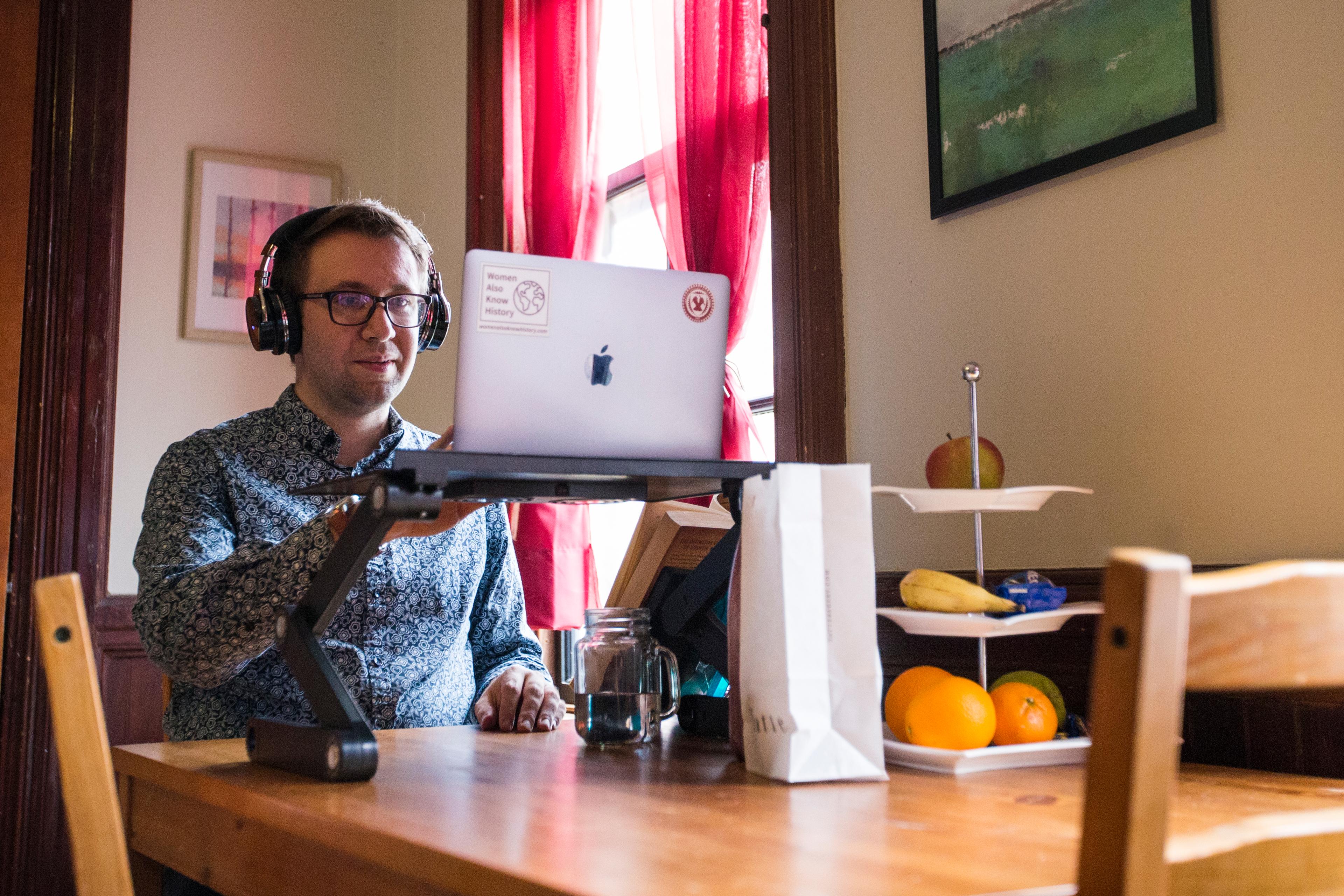If you’ve spent even a minute with a child, you know that asking them a single question can kindle any number of surprising counter-questions, tangents, emotions and insights. This is especially true in a classroom, where, subject to the whims of a sea of passionate and developing minds, a lesson can change course or sink in an instant. Inspired by events in his own English classroom, the US writer and teacher Brendan Constantine’s poem ‘The Opposites Game’ traces an exercise in which a teacher asks young students to identify antonyms for each word from the title of Emily Dickinson’s poem ‘My Life had stood – a Loaded Gun’. After working through the more obvious answers – ‘your’, ‘death’ and so on – an argument begins to brew when the class reaches the final word. The question ‘What is the opposite of a gun?’ unleashes a heated debate, with the children insisting everything from a whisper to a star, sword, snowball or midwife must be the correct answer.
Part of the TED-Ed series There’s a Poem for That, this animated treatment of Constantine’s poem, which he also narrates, is an inspired act of creativity in its own right. For the visuals, the filmmakers Anna Samo and Lisa LaBracio whited out the stanzas in a book of Emily Dickinson’s poems, transforming its pages into a clever venue for a discussion of how best to reverse her work. Childlike sketches inspired by the brainstorm session and crafted from charcoal pencils and pastels are superimposed on the pages, which flip to keep pace with the frenetic flow of ideas. It’s an impressive high-wire act, as Samo and LaBracio skilfully fold the poem’s heavy themes into their playful aesthetic. Beyond simply illustrating the words, the duo use their form to lend Constantine’s exploration of creation and destruction a heightened audiovisual depth.
The Opposites Game is, to be sure, imbued with an anti-gun message. Constantine dedicates his words to his friend Patricia Maisch, a bystander who helped to disarm a gunman during a deadly mass shooting in Tuscon, Arizona in 2011. That the poem unfolds in a classroom – an all-too-frequent venue for unthinkable gun violence in the United States – hangs heavy in the subtext. Yet the film never plays like a heavy-handed protest or call to action. Instead, it captures the raw energy of a spontaneous, open-ended discussion among children – and all the messiness that entails. Through centring the work on the inversion of words, the creative team seems to invert the annihilative power of the gun itself, as the children flood the classroom with their imaginative interpretations. So, what is the opposite of a gun? The question is, of course, open to interpretation, and never quite answered. Still, the writer and filmmakers are able to pierce through the ambiguity, drawing the work to a powerful conclusion with a countervailing creative force of their own.
Written by Adam D’Arpino
